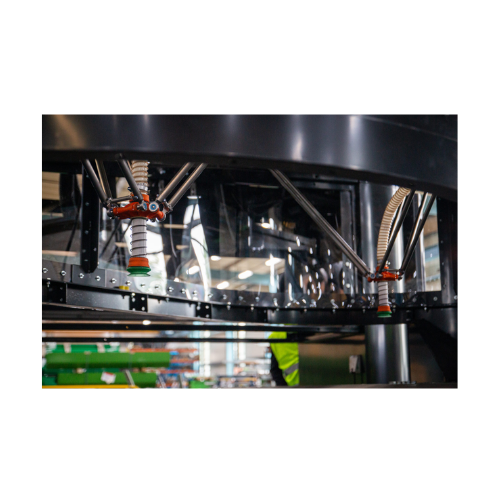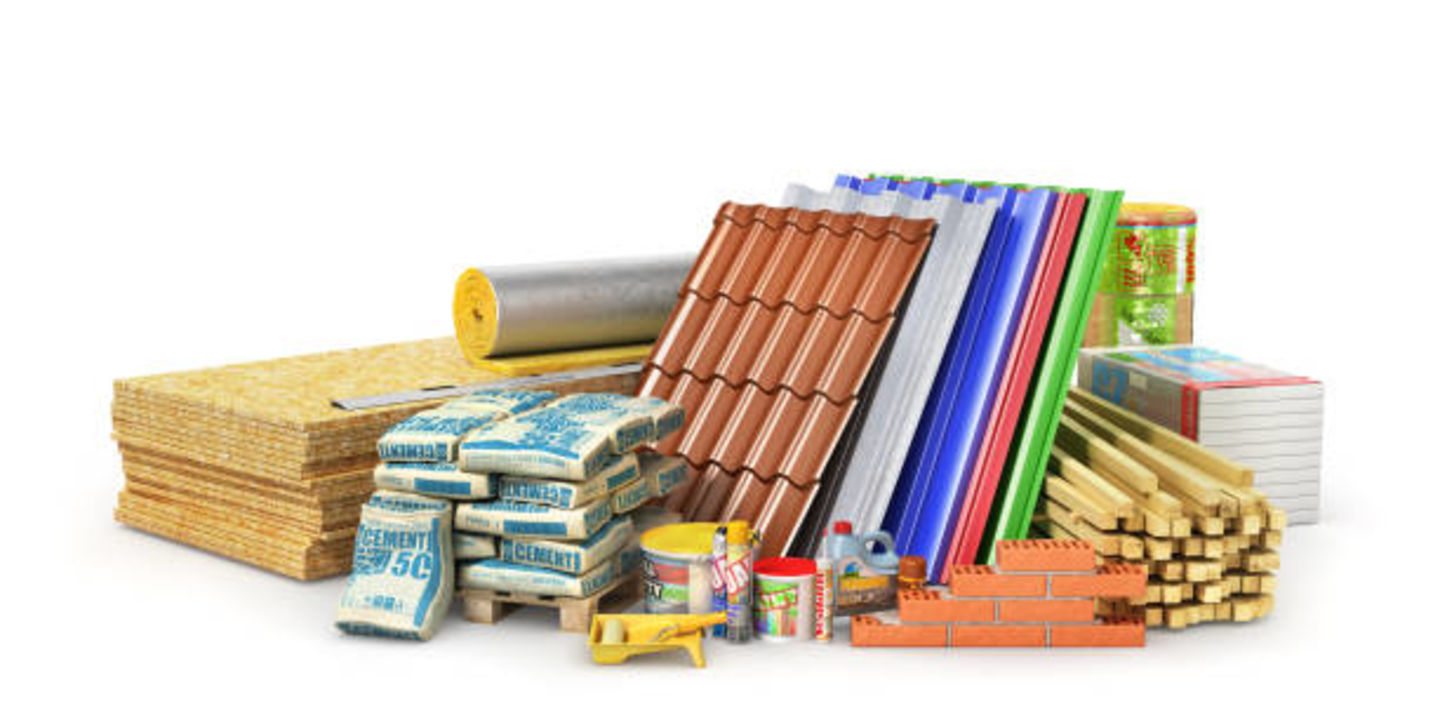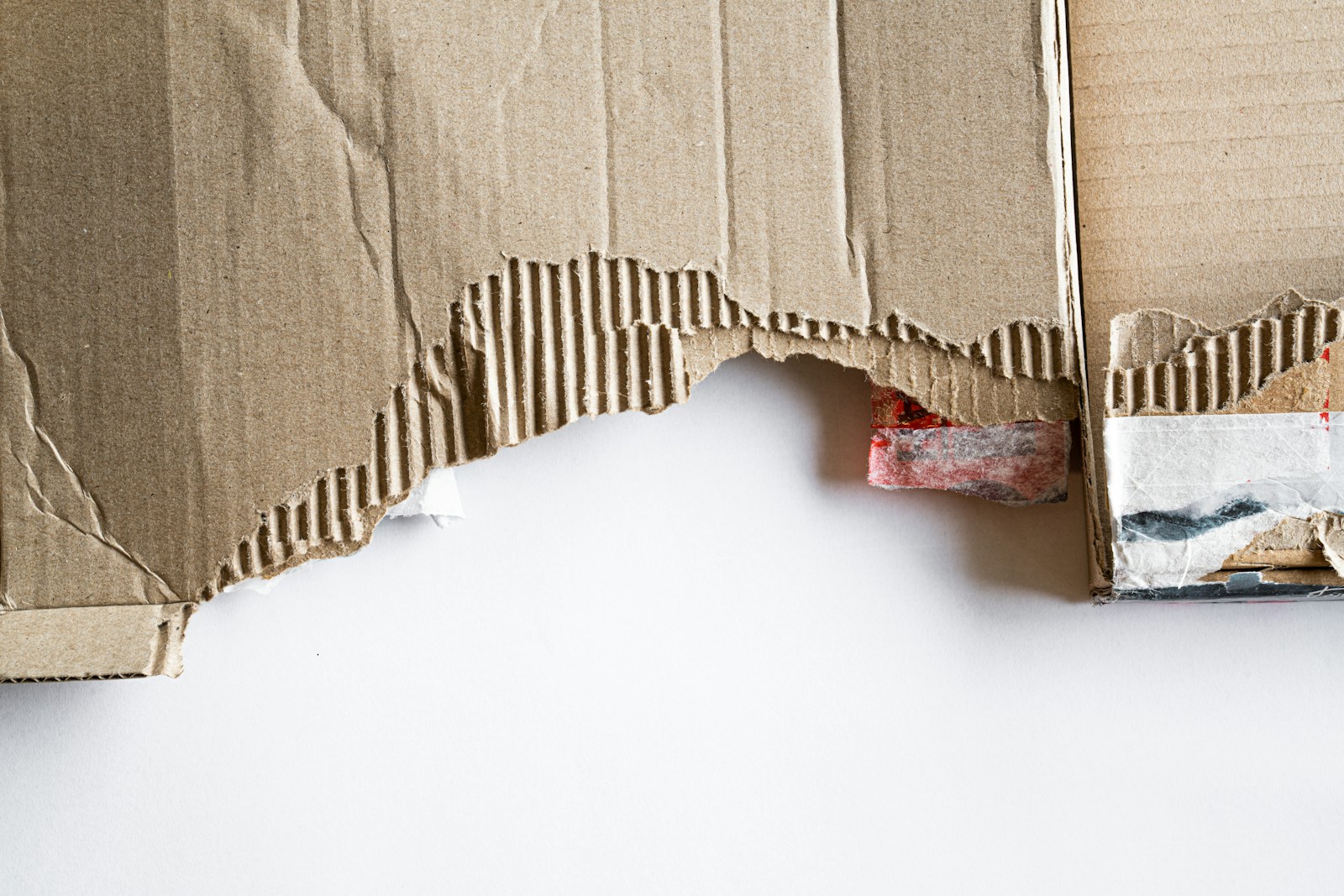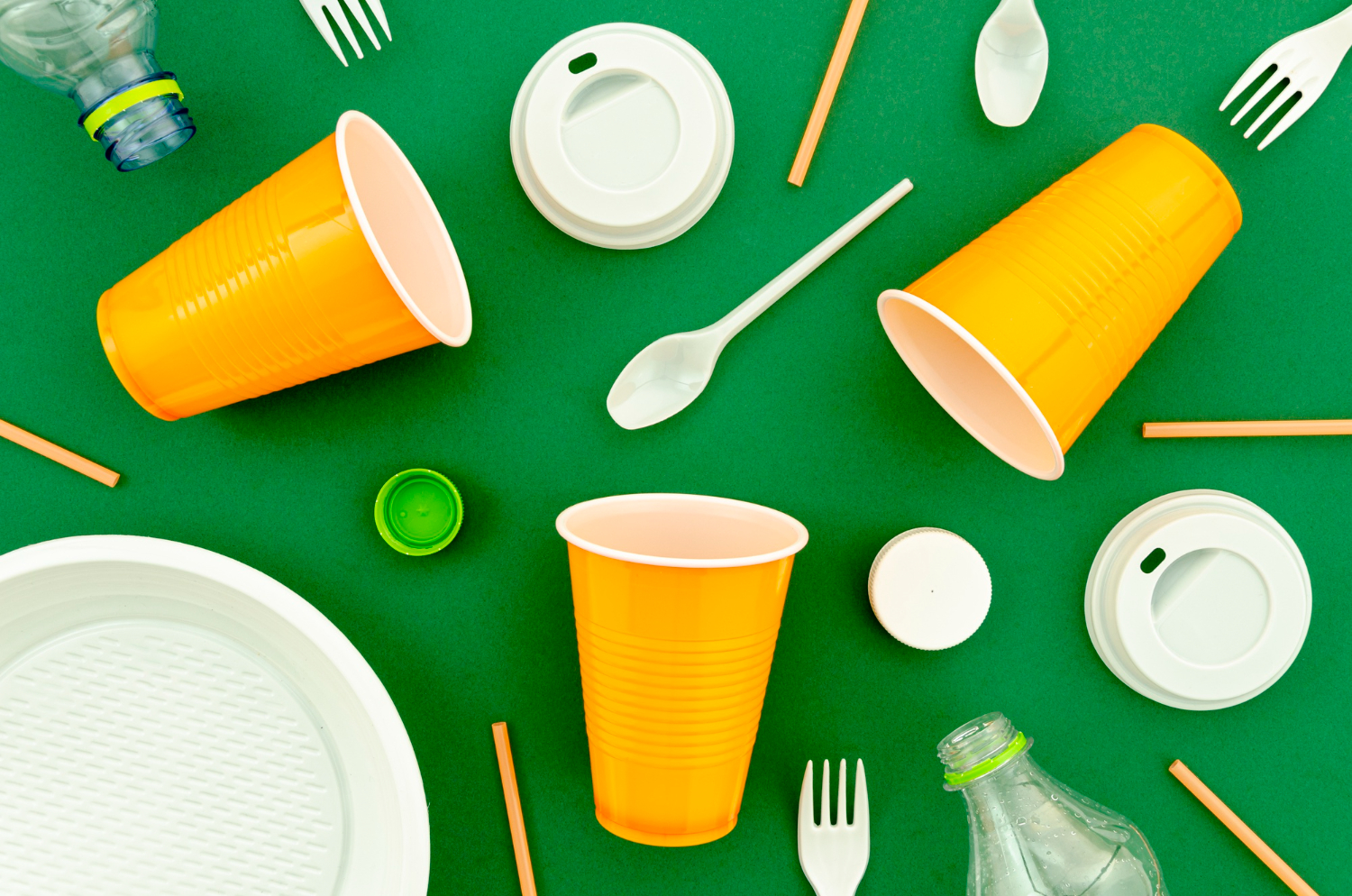Automated sorting robot for material recovery facilities
Enhance your material recovery operations with AI-driven precision, reducing waste and maximizing the retrieval of valuable materials, while seamlessly integrating into your existing processing line.

Enhances Sorting and Material Recovery Efficiency
The RoBB sorting robot from Bollegraaf is designed to revolutionize material recovery with its AI-guided vision system, combining NIR, RGB, and height sensors to accurately classify and sort waste materials. It’s ideal for applications in municipal solid waste, plastic, paper, and construction waste management, producing recycled plastics, metals, RDF, and more. Capable of integrating seamlessly into existing sorting lines, RoBB increases efficiency and reduces manual labor by offering continuous, automated processing. The system’s modular design allows for minimal retrofit, while its deep learning capabilities ensure adaptability to changing waste streams. Built with robust materials, RoBB requires minimal maintenance and comes equipped with a user-friendly Human-Machine Interface for real-time monitoring and control. Bollegraaf supports each installation with customized engineering, ensuring ongoing performance optimization through continuous machine learning and regular software updates.
Benefits
- Maximizes material recovery rates, enhancing profitability through efficient separation.
- Reduces labor costs by automating sorting tasks beyond human capabilities.
- Adaptable to varying waste streams through continuous AI-driven learning.
- Easily integrates into existing facilities, minimizing retrofit efforts.
- Lowers operational expenses with robust, low-maintenance design.
- Applications
- Construction and demolition waste, Paper and cardboard waste, Waste-to-energy, Single stream waste, Plastic waste, Municipal solid waste
- End products
- Salvaged construction materials, Recovered metals, Aggregates for construction, Compost and organic soil enhancers, Recycled cardboard, Biofuel components, Rdf (refuse derived fuel), Recycled paper, Recycled plastics
- Steps before
- Waste Collection, Feeding, Screening, Ballistic Separation, Density Separation
- Steps after
- Transportation, Quality Control, Recycling, Landfill Diversion, Material Recovery
- Input ingredients
- plastic waste, paper waste, cardboard waste, single stream waste, municipal solid waste, construction and demolition waste
- Output ingredients
- recovered valuable materials, maximized purity waste stream, quality controlled materials, sorted materials
- Market info
- Bollegraaf is known for manufacturing advanced recycling equipment and systems. With a strong reputation for innovation and quality, they specialize in engineered-to-order solutions, optimizing waste processing efficiency and sustainability for diverse industries globally.
- Automation
- AI-guided vision system
- Sensor Type
- NIR, RGB, height cameras
- Robotic Arm Features
- Advanced air system, patented suction gripper
- Classification System
- Real-time object classification
- Learning System
- Deep learning, self-learning
- Flexibility
- Modular installation
- Real-time Monitoring
- Human Machine Interface (HMI)
- Performance Optimization
- Continuous machine learning
- Energy Efficiency
- Reduced OPEX through automation
- Material Compatibility
- Trained with user-specific waste samples
- Installation
- Simplified integration with existing lines
- Capacity
- Tailor-made to unique sorting challenges
- Data Utilization
- Self-learning AI with user data
- Speed and Precision
- High-speed, accurate sorting
- AI-guided vision system
- Yes
- Automation level
- AI-based
- Batch vs. continuous operation
- Continuous
- Integration
- Easy retrofit
- Modularity
- High
- Process optimization
- Material recovery facility
- Real-time monitoring
- Available
- Self-learning capability
- Yes
- Tailor-made application
- Waste stream specific
- Vision System
- NIR, RGB, Height cameras
- Density/particle size
- 0.5–2.5 g/cm³ / 50–1000 µm
- Sorting Application
- Material Recovery Facilities
- Compact footprint
- Designed for modularity
- Control panel type
- Human Machine Interface (HMI)
- Discharge method
- Suction Gripper System
- Robot arm type
- Robust with air system
- Vision system
- AI-guided with optical sensors
- Installation method
- Minimal retrofit in existing lines
- Control panel type
- Human Machine Interface (HMI)
- Integration possibilities
- Modular, fits various sorting lines
- Robotic arm adaptability
- AI-guided, customizable assignments
- AI training customization
- Trained with specific waste samples
- Data integration
- Continuous machine learning with self-improving AI



